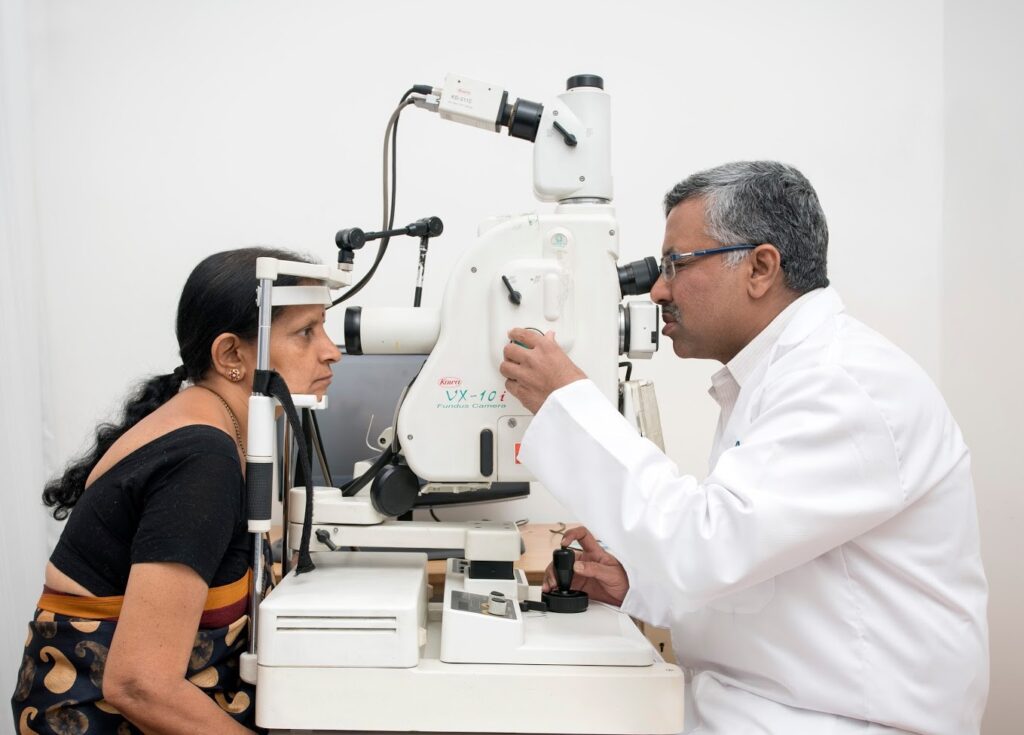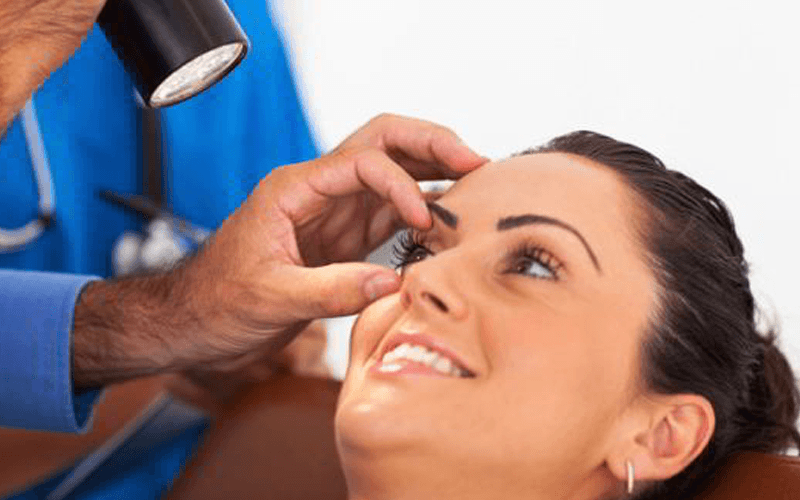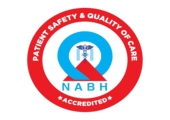
Strabismus is also known as squint eye/crossed eye. In this condition, the patient’s eye is not able to align correctly. Both eyes do not look or focus in the same direction.
This condition is common, and more than one crore cases of squint eye emerge per year in India. Squint Eye can be more common in children than adults.
Did you know? You can correct strabismus at any age. However, it is advisable to rectify it as soon as possible.
Watch the full video on this topic on Shekar Eye Hospital YouTube Channel
Signs & Symptoms of Squint Eye (Strabismus)
The signs and symptoms of squint eye can range from mild to severe. Some of the symptoms can be misleading. Symptoms may appear as soon as the child is three or four months old.
The signs and symptoms of Strabismus are as follows:
- Double vision is a symptom of strabismus, where you might see two pictures of one object
- Diminution of vision is also a symptom, which includes vision loss
- An eye strain where your eyes feel fatigued
- Difficulty to focus on objects
- Frequent blinking
- Eyes are unable to move collectively
- Difficulty in reading
The most common symptom of strabismus is misaligned eyes. To explain that, one of the eyes would focus on the object the person is looking at and, the other eye would be in another direction.
Detection

Regular eye checkups from the time of birth can help in detecting strabismus faster. Also, contact your eye doctor immediately in case of noticing any of the symptoms which may arise. In this case, the ophthalmologist shall conduct eye check-ups in detail and recommend treatments accordingly.
Causes of Squint Eye
Several factors can cause the squint eye. It is necessary to know the causes through which you can ascertain the treatment required. The causes of Squint Eye are:
- Hereditary– strabismus runs in the family. Hence, if anyone in your family has had a squint, there are chances of you acquiring it. In such instances, regular eye checkups should be done at an earlier age.
- Certain neurological conditions can weaken the eye muscles resulting in a paralytic squint.
- Undetected Refractive Errors are a cause too because the eye forces itself to see clearly, and this can cause a squint eye. You should follow Preventive Eye Care to prevent squinting eyes through undetected refractive errors.
- Poor vision in one eye can cause strabismus as well.
- Certain systemic conditions like Down’s Syndrome, Stroke, uncontrolled diabetes, hypertension, Myasthenia Gravis, Grave’s disease, Brain Tumors, and ocular injuries, can also lead to squint eyes.
Treatments for Squint Eye

Certain factors determine the treatment of squint eyes. It depends on the time since the squint eye is present, whether the squint is present in one or both eyes, whether corrected with glasses and exercises or not, and whether the degree of the problem is minor or major. The doctor shall thoroughly assess the patient and then ascertain the treatment required.
Treat Strabismus as soon as possible and save your precious vision. The treatments for it are:
- A couple of eye exercises can help patients with a particular type of squint eye. Here, the eye muscles get strengthened with the help of exercises and the eyes re-align themselves. You must consult an expert before trying out this method.
- Prism Glasses are thick glasses that refract the light penetrating the eye, which helps reduce the eye turning. They also fix the symptom of double vision.
- Wearing Spectacles/Contact lenses that correct the refractive errors can treat strabismus for some people. The eyes will be strained less and shall focus clearly, and thus, the squint eye can get corrected.
- Patching can be a form of treatment if the patient has a lazy eye. This method can fix not only the lazy eye but also straighten the strabismus.
- Botox can also help in straightening the eye muscles in cases of paralytic squint.
- When the above measures do not work, one may need surgery to correct the squint. The surgery involves strengthening the weak muscle or weakening an overpowering muscle, depending upon the requirement. Post-surgery, you will be prescribed certain medications. Also, you may face double vision after the surgery that shall subside within a month.
Basically, the surgery helps in changing the position and length of the muscles, which helps in straightening the eye muscles and thereby fixing the squint eye. This eye surgery is a relatively safer procedure with a quick recovery period. You can start your daily activities within a few days. However, consult your ophthalmologist to obtain clear instructions as to which actions you must avoid. This surgery revives the alignment of your eyes.
After the required treatments, the doctor shall check the eyes in detail and treat the eyes further if necessary.
Consequences of not treating Squint Eye
You may face various consequences if you do not treat the Strabismus. They are:
- Asthenopia or tiredness in the eyes
- Blurred Vision
- Double Vision
- Confidence Issues due to a cosmetic blemish
- Lazy Eye (which may lead to vision loss)
- You may be delaying the detection of an underlying serious systemic problem.
Conclusion
You cannot prevent strabismus in most cases. However, getting a preventive eye check-up at an early age can save you from any further consequences. Do not ignore strabismus. Treat strabismus not only for cosmetic reasons but also for improving your vision.
Did you know? Some people consider the squint eye as good luck. Little do they know that it can cost you your vision! Be proactive and do not believe in any such superstitions that can affect your health.

If you find any symptoms relating to Strabismus or feel that you might have, contact Shekar Eye Hospital. Your eyes shall be in the best hands with Dr. Y.L. Rajashekar and his team of experts. Book an appointment now to cure the problems given to you in Squint Eye.






